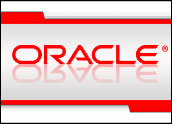
Oracle has changed the formula it uses to determine the cost of software licenses for multi-core processors, the company announced. In July, it began counting each core as .75 of a whole, but it will now use different formulas based on the specific chips in use.
The majority of buyers purchase licenses by processor, although Oracle also offers per employee, per user or one-year through five-year licensing.
More Granular Approach
“The Oracle licensing and pricing team is taking into account the difference in processor types that are being offered in the market,” said Forrester’s R Wang, senior analyst, Enterprise Applications. “The basic policy still counts CPUs and not chips. However, the factor on the CPUs now reflect an improvement that accounts for granularity of the processor. This is a significant improvement over the old metric of .75 for dual core.”
The new pricing plan will bring the cost of running Oracle on Sun’s systems into line with running the software on other vendors’ systems.
Different Chips, Different Factors
Under the new plan, each IBM core in a multi-core processor will count as .75 of a whole; therefore, an eight-core system will require six licenses; the same number of Intel or AMD cores will require four licenses with each core counted as .5; and Sun Microsystems’ eight-core UltraSparc T1 servers will need just two licenses because of their .25 factor.
That means the cost of running Oracle on the UltraSparc is now equal to the cost of running it on a dual-core Intel or AMD system — in other words, the license fee is more closely related to system performance.
“Users are given more choice in platform as this puts all processors on even footing when they are considering hardware from vendors like Dell, HP, IBM or Sun,” Wang said.
Microsoft counts multi-core processors as a single unit for licensing purposes. IBM charges a single license fee per dual-core Intel or AMD chip, but counts each core of its own chips as a single unit. Those fees are also based on clock speed.
“Microsoft and IBM still count dual core as one chip and do not reflect the level of granularity [that Oracle’s licenses do],” Wang noted. “For IBM this makes sense, as their machines are faster and have always had dual-core. Other vendors are just catching up.”

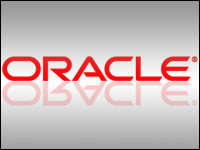



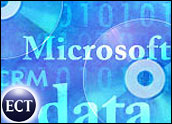
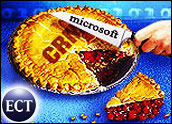
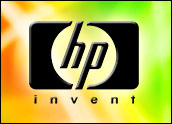













































Social CRM
See all Social CRM